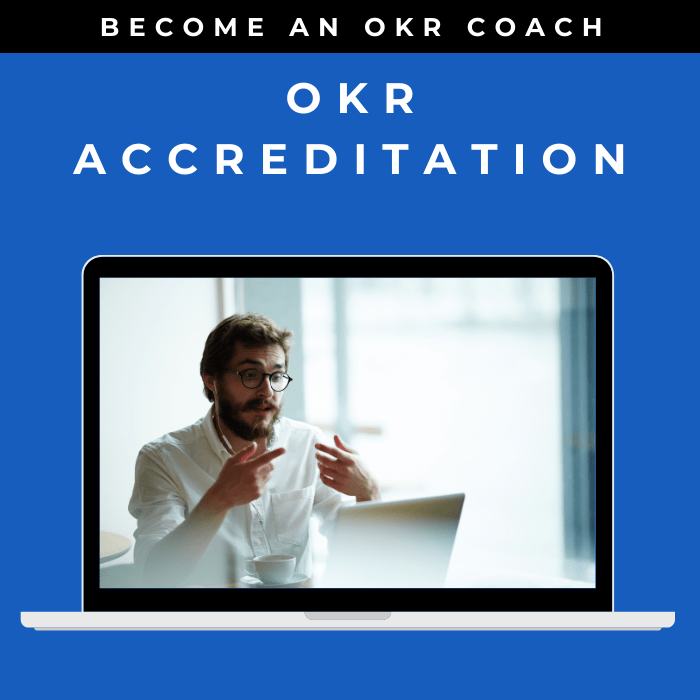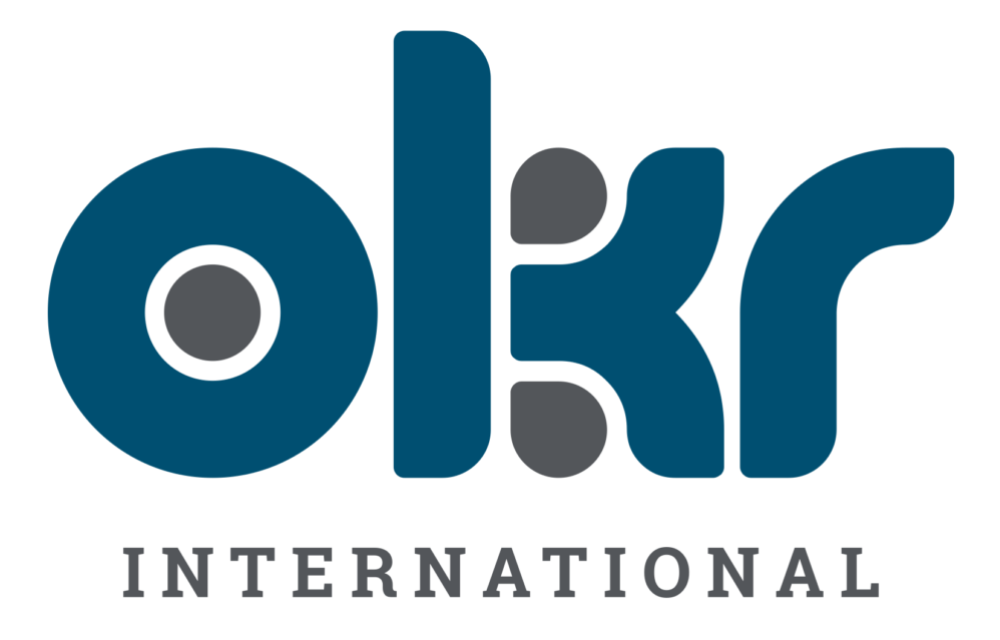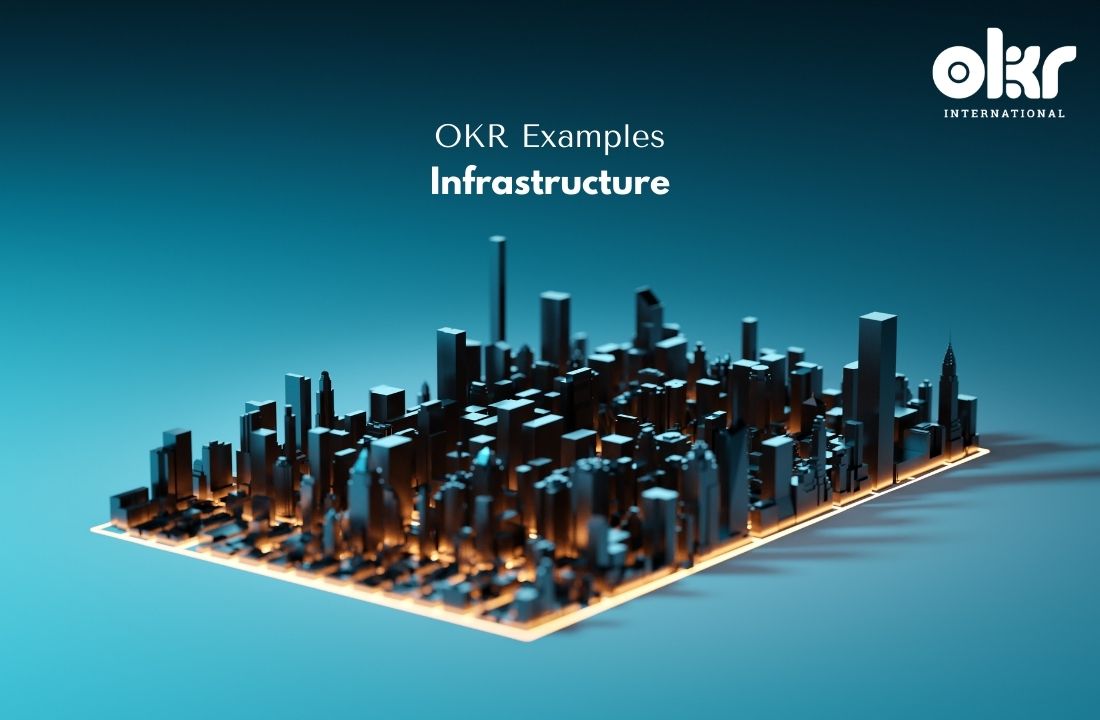10 Useful OKR Examples in Infrastructure
The infrastructure industry is marked by intense competition, continually evolving regulations, and the urgent need for sustainable practices. For organizations in this sector, Objectives and Key Results (OKRs) can serve as an essential mechanism for establishing strategic goals, propelling growth, and securing a competitive edge. In this regard, we present ten useful OKR examples for the infrastructure sector, providing key insights for companies striving to enhance their performance and outstrip competitors.
1. Improving Project Quality
Objective: Enhance project quality to meet stakeholder expectations and regulatory standards.
Key Results:
- Increase successful project delivery rate by 15% in the next six months.
- Implement advanced quality assurance training for 70% of project managers by the next quarter.
- Ensure 90% of infrastructure projects meet or exceed quality targets within the next three months.
2. Expanding Business Portfolio
Objective: Expand business portfolio to stimulate business growth.
Key Results:
- Win 20% more new infrastructure projects in the next year.
- Increase market penetration in under-served regions by 30% within the next six months.
- Maintain an 80% repeat business rate within the next quarter.
3. Promoting Sustainable Practices
Objective: Integrate sustainability into infrastructure development practices.
Key Results:
- Reduce construction waste by 15% in the next year.
- Implement green practices in 40% of construction projects in the next six months.
- Achieve a 70% stakeholder appreciation rate for sustainability initiatives in the next quarter.
4. Maintaining Regulatory Compliance
Objective: Uphold compliance with infrastructure regulations and safety standards.
Key Results:
- Decrease regulatory compliance issues by 25% within the next six months.
- Train 100% of the project management team on updated safety standards within the next quarter.
- Achieve a 100% pass rate on all safety compliance audits in the next fiscal year.
5. Enhancing Worker Engagement
Objective: Bolster worker engagement to reduce turnover and increase productivity.
Key Results:
- Increase worker engagement scores by 20% in the next year.
- Implement advanced worker engagement programs for 75% of the workforce in the next six months.
- Attain an 85% worker satisfaction rate with engagement initiatives in the next quarter.
6. Fostering Innovation
Objective: Encourage innovation to drive project excellence.
Key Results:
- Introduce 2 innovative infrastructure solutions within the next year.
- Increase the number of innovation-driven initiatives by 15% in the next six months.
- Achieve a 75% employee satisfaction rate with the innovation culture in the next three months.
7. Strengthening Stakeholder Relationships
Objective: Improve stakeholder relationships for better project outcomes and stakeholder satisfaction.
Key Results:
- Establish 3 effective communication channels with all stakeholders within the next year.
- Implement 1 stakeholder management system in the next six months.
- Achieve an 85% stakeholder satisfaction rate with project outcomes in the next quarter.
8. Reducing Construction Costs
Objective: Minimize construction costs for higher project profitability.
Key Results:
- Decrease construction waste by 15% in the next year.
- Implement cost-saving initiatives across 70% of construction projects within the next six months.
- Achieve a 10% reduction in overall construction costs in the next quarter.
9. Optimizing Resource Management
Objective: Refine resource management for efficient decision-making and project execution.
Key Results:
- Increase utilization of resource management systems by 25% within the next six months.
- Implement 1 data-driven resource management system across all projects in the next quarter.
- Achieve an 80% satisfaction rate with resource management within the next three months.
10. Enhancing Customer Satisfaction
Objective: Develop stronger relationships with customers through improved project execution and communication.
Key Results:
- Increase customer satisfaction scores by 20% in the next year.
- Decrease customer complaints by 15% in the next six months.
- Achieve an 85% customer retention rate in the next quarter.
By adopting these OKR (Objectives and Key Results) examples, infrastructure companies can improve their project delivery, stimulate growth, and promote innovation. These strategic objectives are vital in overcoming the challenges of this dynamic industry, contributing to business success, and delivering superior customer satisfaction.
FAQs
1. What are useful OKRs in the infrastructure industry?
Useful OKRs in the infrastructure industry are strategic objectives and key results that lead to significant improvements and stimulate innovation. They focus on areas like project quality, business portfolio expansion, sustainability, regulatory compliance, worker engagement, innovation, stakeholder relationships, construction cost reduction, resource management, and customer satisfaction.
2. How can useful OKRs drive growth in the infrastructure industry?
Useful OKRs can stimulate growth in the infrastructure industry by setting objectives related to project quality, business portfolio expansion, and innovation. By tracking key results and making necessary adjustments, infrastructure companies can enhance their performance, meet stakeholder expectations, and achieve sustainable growth.
3. Why is sustainability important in the infrastructure industry?
Sustainability is crucial in the infrastructure industry to meet environmental regulations, stakeholder expectations, and market trends. Useful OKRs related to sustainability help companies adopt eco-friendly practices, reduce construction waste, and contribute positively to the environment.
4. How can innovation contribute to success in the infrastructure industry?
Innovation can contribute to success in the infrastructure industry by enhancing project solutions, improving efficiency, and facilitating data-driven decision-making. Useful OKRs related to innovation help companies leverage emerging technologies and practices to improve project execution and offer innovative solutions.
5. How does improved resource management benefit the infrastructure industry?
Improved resource management benefits the infrastructure industry by optimizing decision-making, enhancing project execution, and fostering efficient use of resources. Useful OKRs related to resource management help companies manage resources effectively, implement data-driven resource systems, and increase operational efficiency.

When looking to set OKRs, it’s natural to want examples to ignite the thought process or simply compare yours to OKR Examples. Check out our compendium of OKR Examples here.
Explore Our Range of Services
Bring OKRs (Objectives and Key Results) to your organisation with our tried & tested OKR Framework.


OKR International’s highly acclaimed Certified OKR Practitioner Program is the first and only OKR accreditation endorsed by ICF & HRCI for continuing education units.
OKR International helps leaders create the alignment, engagement and result orientation needed for growth by offering OKR Advisory services.



